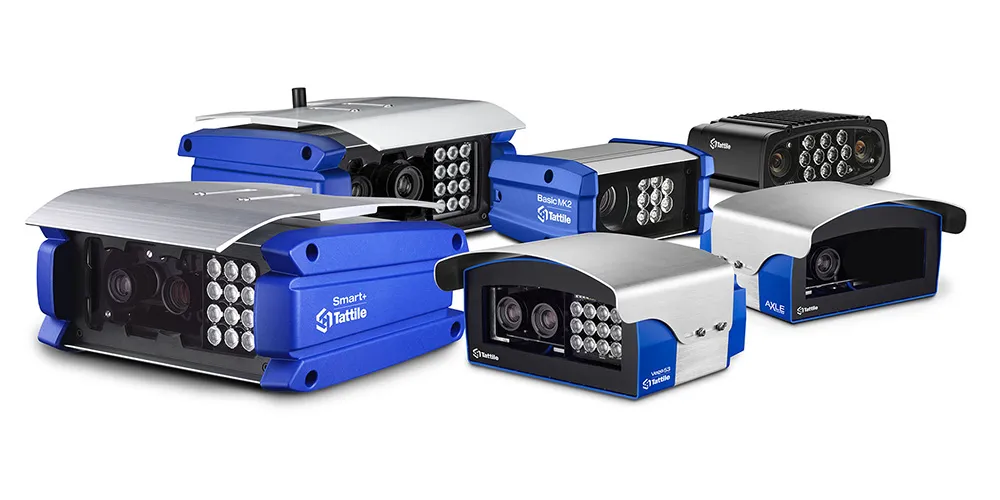Sensys Networks has introduced MicroRadar which the company claims is the first battery powered bicycle detector. Due for release in mid 2012, the device accurately detects bicycles and differentiates between bicycles and vehicles, enabling traffic managers to meet the demands of detecting cyclists while maintaining intersection efficiency.
January 30, 2012
Read time: 1 min











